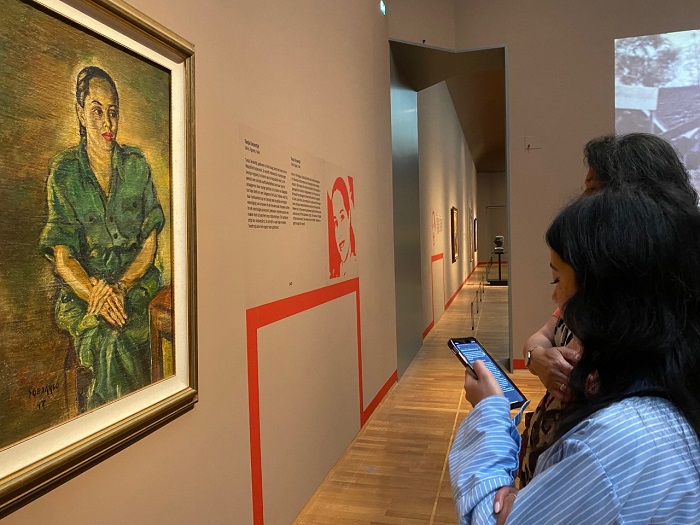Yvette Kopijn
That the exhibition Revolusi! Indonesia Independent in the Rijksmuseum in Amsterdam would create a controversy was to be expected. The exhibition highlighted the so-called Revolusi, Indonesia’s struggle for independence (1945–1949), an extremely violent and complex period that resulted in approximately 100,000 deaths on the Indonesian side and approximately 5,000 deaths on the Dutch side, as well as casualties on the part of Allied (in particular British) forces that were sent to ‘restore order’ in the former Dutch colony after the Second World War.
This history can be appreciated from many angles and perspectives. In Indonesia, it was the heroic story of a national struggle for freedom that prevailed. In the Netherlands, it remained a sensitive and painful history that would cause old wounds to be opened whenever this history was publicly debated. As a result, the acts of violence committed by the Dutch towards the Indonesian people were kept out of the Dutch national memory, and, consequently, so too were the acts of violence committed by Indonesian freedom fighters towards the Dutch as well as the mixed Indo-European, ‘Indisch’ community, who had to flee from Indonesia to the Netherlands to escape the violence.
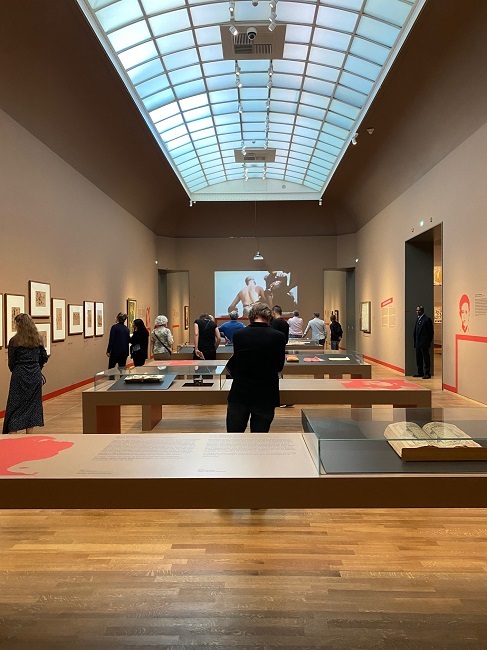
Some 77 years after the onset of Indonesia’s revolution, the Rijksmuseum considered the time to be ripe to break the silence around the Dutch acts of violence committed during Indonesia’s revolution, by attempting the provide multiple perspectives on Indonesia’s Revolution. Unfortunately, the exhibition sparked a controversy, and in its response the Rijksmuseum further contributed to the discontent and ultimately, the silencing of the perspective of the Indo-European community in particular. This shows that other methods are needed to truly arrive at becoming an inclusive museum where all perspectives are included.
A reconstruction
Under the headline ‘Ban the term Bersiap, since it’s a racist term’, an article was published in the Dutch newspaper NRC Handelsblad on 11 January 2022. The author was Bonnie Triyana, Indonesian historian and one of the curators of the exhibition in the Rijksmuseum. On behalf of the team of curators he announced that the term ‘Bersiap’ would be banned from the exhibition. ‘Bersiap’ stands for ‘get ready’ and was used as a battle cry by young Indonesian freedom fighters, the so-called pemuda (lit. youth). During the first months after Japan’s capitulation on 15 August 1945, followed by proclamation of the Republic of Indonesia on 17 August 1945, the pemuda used violence against white Dutch citizens, mixed Indo-Europeans and anyone who had collaborated with the Dutch. This period lasted from October 1945 to March 1946. According to Triyana, ‘Bersiap’ is a term loaded with racism since it portrays the ‘pemuda’ – who in this context have come to represent all ‘Indonesians’ - as ‘primitive, uncivilised perpetrators of crimes of violence’, while remaining silent about the violent crimes perpetrated by the Dutch under their colonial rule as well as during the revolution.
As was to be expected, Triyana’s article provoked a furious response from the Federation of the Indo-Dutch (Federatie Indische Nederlanders): a conservative group within the Indo-Dutch community in the Netherlands that represents only a small fraction of those within the enormously diverse Indo-Dutch ‘community’ in the Netherlands. The day after Triyana’s article was published, this Federation declared that it would file a legal complaint against Triyana and what the Federation described as an ‘insane and shocking form of Bersiap denial.’ In response, the Rijksmuseum declared that its decision to ban the term ‘Bersiap’ in the exhibition was in order to allow for multiple perspectives on the revolution. Indeed, the exhibition was organised around ten personal stories of Dutch, Indo-Dutch and Indonesian people who lived through this history, each of which could highlight a different perspective on the violence that was used by both the colonisers and the colonised. For that reason, it was decided not to use any ‘specific term to reflect the afflicted suffering in this period’.
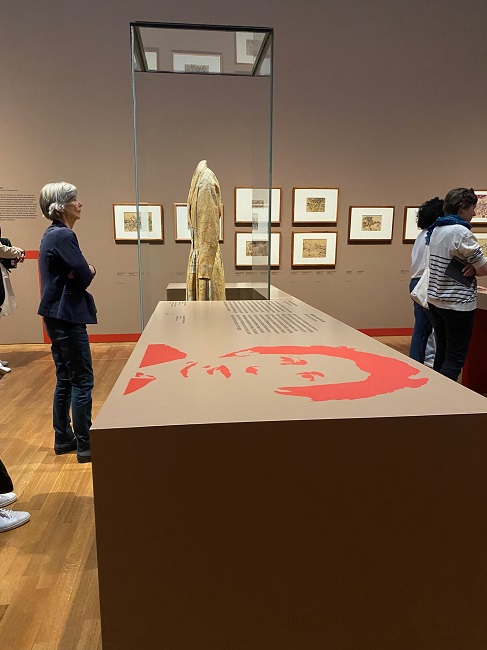
Two days later, Taco Dibbits, the director of the Rijksmuseum, and Harm Stevens, one of the Dutch curators, declared that they had reconsidered their former viewpoint: the term ‘Bersiap’ would remain in use in the exhibition. The former decision to ban the term was now construed as a ‘personal opinion’ of the Indonesian curator Bonnie Triyana and did not represent the opinion of the museum.
That the Rijksmuseum initially distanced itself from the term ‘Bersiap’ and then later on decided to hold on to it was, in my view, a very painful decision. In doing so, they not only solely placed the responsibility of problematising the term ‘Bersiap’ on the shoulders of one of the (Indonesian!) curators of the exhibition, they also laid bare a historical pattern that repeatedly overlooks the perspective of communities of colour that have been affected by the Revolusi. This includes the Indo-Europeans, the Chinese Indonesians, and the Moluccan, Timorese, Indo-African and Surinamese soldiers and their offspring who were recruited for the Dutch colonial army during the colonial period, as well as during the war for independence. People who cannot be considered ‘Dutch’ nor ‘Indonesian’ in this context, but who were most affected by the ‘Bersiap’ period as it eventually forced them to flee from Indonesia. In my opinion, the twisting and turning by the Rijksmuseum shows how the native ‘Dutch’ voice still determines if, when and how we discuss (and silence) our shared colonial history.
Space for inclusive dialogue
So how do we proceed from here? And how do we arrive at effectively decolonising the Dutch cultural landscape when it comes to representing the Revolusi, this multilayered and violent period in our shared history that affected the lives of so many people? As a cultural historian and heritage professional with Indo-European roots myself, my suggestion was to open a dialogue and to allow all parties a seat at the table. This process would allow us to discuss the Revolusi and the Bersiap from multiple perspectives, and acknowledge all experiences of the people involved and affected by this history – including those who cannot be categorised as ‘Dutch’ nor as ‘Indonesian’.
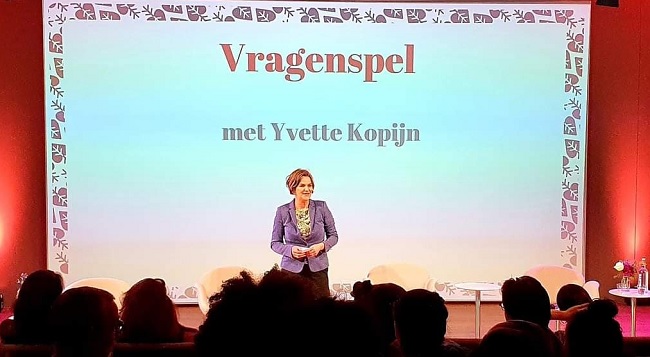
For this reason, I requested and was awarded the opportunity to intervene by organising a gathering within the museum, where Indo-European and Moluccan participants in my educational program Tracing Your Roots and their families could discuss the Bersiap, the Revolusi and the subsequent departure from Indonesia, and the accompanying feelings of trauma, loss and displacement. In doing so, we allowed ourselves to break the silence and to carve out our own space in the museum, thus contributing to our own healing process. For the first and second generations this sharing of stories meant that their traumatic experiences were finally acknowledged. For the third generation listening to the stories meant that they finally gained insight into their familial past.
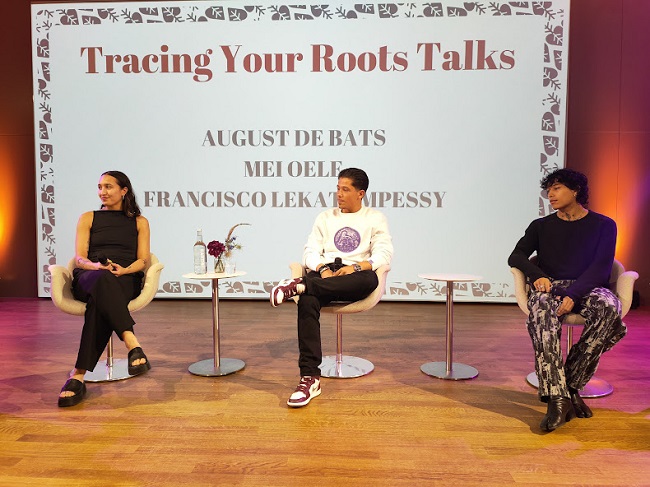
By looking back at the past, and learning about the traumatic experiences of the first generation, they are better equipped to know what cultural baggage they carry along. This allows them to decide who they want to be, what cultural baggage they would like to keep and what cultural baggage they want to let go off, thus carving out their own identity and their own future.
What I learnt from this case is that decolonising a museum requires a willingness to engage in introspection: to critically assess one’s own perspective and beliefs, while constantly monitoring whose voices are heard and whose voices are left out of the conversation. In my opinion, decolonisation – entailing inclusion and multiperspectivity – means that we should stop speaking and start listening to the histories, experiences, the triumphs and losses of all affected, so we can collectively come to terms with an extremely painful period in our shared (colonial) past and create space for healing.
Yvette Kopijn is affiliated to the Amsterdam School of Historical Studies (ASH), where she is completing her PhD research on the history of Javanese-Surinamese indentured labourers, viewed from the perspective of women. As a heritage and education specialist, with an Indo-European background herself, she is also the initiator of Tracing Your Roots, in which she invites youth with roots in the former Netherlands-Indies/Indonesia to trace their ancestors and family history and engage in conversations on that with their (grand)parents in order to create space for healing.
